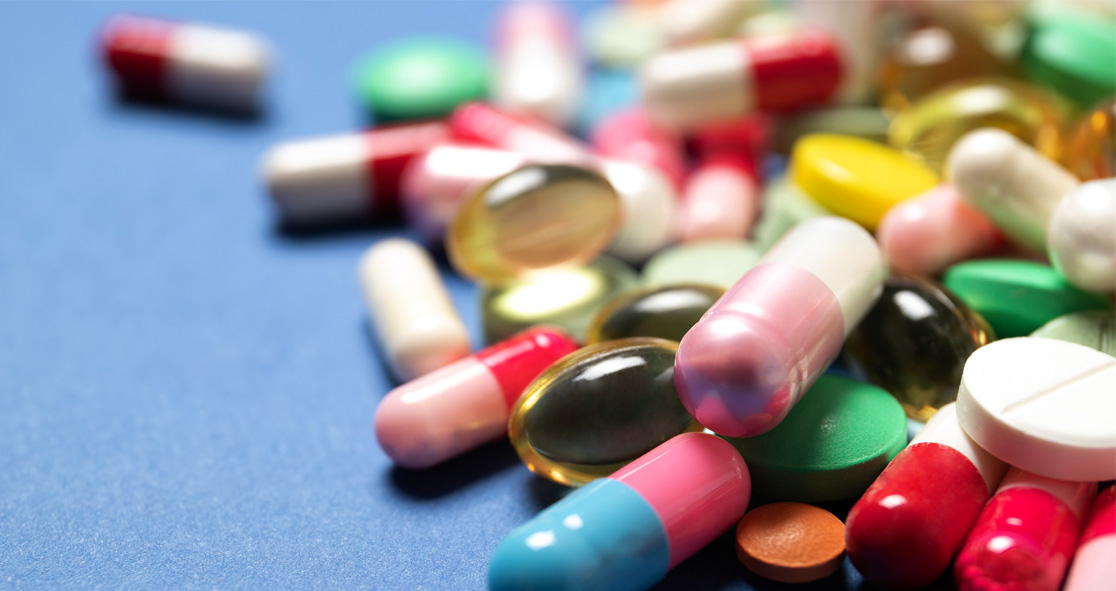Globally, about 10% of medicines are substandard and falsified, posing a great threat to all countries, according to the Times of India (TOI).
A 2017 World Health Organization (WHO) report found that about 10.5% of medicines sold in low- and middle-income countries, including India, are substandard and falsified.
There has been a significant rise in counterfeit medicines with globalization and increasing healthcare costs.
Indian drugmakers produce up to 20% to 22% of the world’s generic drugs, with most of them considered counterfeit medicines, a significant threat in the pharmaceutical industry.
There have been many efforts to eliminate this threat; however, they have been unsuccessful. Drug regulatory bodies shut down one counterfeit maker but another one starts elsewhere in rapid succession.
In order to combat counterfeiting, drug bodies must enforce “countermeasures using technologies, educating the consumers, legal actions against counterfeiters, and action by enforcement departments,” according to TOI.
It is important to implement anti-counterfeiting technology – one of the most impactful ways to combat counterfeiting. Anti-counterfeiting technology allows tamper-resistant packaging, product authentication, as well as tracking and tracing technology.
The Indian drug regulator bodies have steadily introduced regulations that focus on improving product traceability through the entire manufacturing supply chain, ensuring consumers get the right product at an affordable price.
In India, a Unique Identity (UID) is assigned to each unit during manufacturing. It remains throughout the supply chain until the consumption of the products.
UID is the essence of tracking and tracing technology. There are two types of tracking – Lot Number Tracking and Serial Number Tracking, per TOI. Traceability includes marking the products with a UID during the manufacturing process.
According to TOI, the unique identifier is constructed according to the globally accepted GS1 General standard. Specifications consist of Global Trade Item Number (GTIN), Batch/Lot Number, Expiration Date, and Unique Serial Number.
The tracking and tracing technology is ideal for combating counterfeiting, as it has several advantages. These include reducing the number of medication errors, inventory control, identification of theft, product diversion, etc. according to TOI.





















